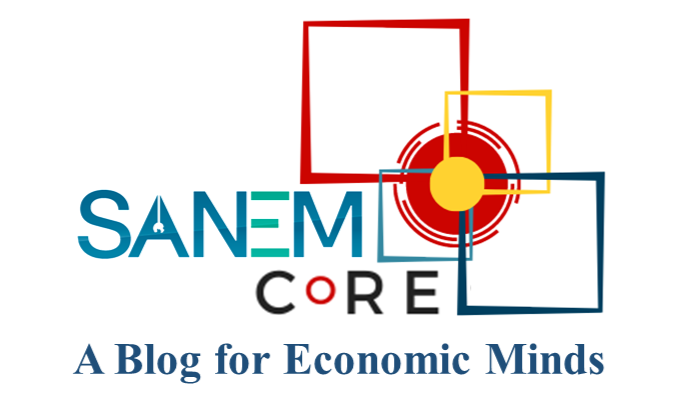Bangladesh needs a new vision for social protection
by Bazlul H Khondker | Oct 24, 2022 | Social Protection
Social protection is an important fiscal policy instrument that not only helps smoothen consumption and reduce poverty and inequality, but also spurs growth via raising the aggregate demand. Since independence, Bangladesh’s social protection, a key policy instrument...
Time to focus on women’s sexual health and rights
by Farhin Islam | Sep 7, 2022 | Health, Social Protection
Bangladesh has made significant progress in the last two decades in improving the lives of women and girls. Maternal mortality rates are decreasing, fertility rates are decreasing, and gender parity in school enrollment is increasing. Women's participation in the...
Demographic dividend: How do we include more youth into Bangladesh’s economy?
by Sayema Haque Bidisha | Aug 29, 2022 | Human Capital Development
For several reasons, the recently conducted Population and Housing Census 2022 of Bangladesh was of interest to people in different sectors, especially the policymakers and researchers. This is primarily because census data can be a crucial source of information not...
Mental health in Bangladesh: A generational far cry
by Eshrat Sharmin | Jun 27, 2022 | Health
Mental health has been traditionally a taboo subject in Bangladesh, and frequently overlooked at the policy level. The country has undertaken the first ever National Mental Health Policy 2022 this June, which is highly appreciated- better late than never! The mental...
Here’s what the 2022-23 budget must address
by Selim Raihan | May 10, 2022 | Macroeconomy and Economic Growth
The national budget for the next fiscal year will be the third since the start of the Covid-19 crisis in March 2020. Can we expect it to address the current realities, contexts and challenges of Bangladesh? The economy is on the path to recovery from the unprecedented...
Rethinking trade, investment and industrial policies in South Asia for greater regional integration
by Selim Raihan | Apr 28, 2022 | Trade and Regional Integration
Despite considerable demand for deeper regional integration in South Asia progress has been weak. The actual implementation of agreements frequently falls short of the stated goals. Tariff and non-tariff barriers, a lack of trade facilitation, a lack of political will...
Can BIMSTEC rise to meet the new challenges?
by Selim Raihan, Ganeshan Wignaraja, Nihal Pitigala, Prabir De, Posh Raj Pandey, Achyut Bhandari, Watcharas Leelawath | Apr 10, 2022 | Trade and Regional Integration
The 5th summit of the Bay of Bengal Initiative for Multi-Sectoral Technical and Economic Cooperation (BIMSTEC) ended on March 30, 2022, in Colombo, Sri Lanka. The summit adopted a charter for the first time since its inception in 1997 and signed three memorandums of...
Inflation for the marginalised people in Bangladesh: Beyond the official arithmetic
by Selim Raihan | Mar 6, 2022 | Macroeconomy and Economic Growth
Do the official inflation figures in Bangladesh reflect the actual inflation faced by the marginalised households in Bangladesh? The Bangladesh Bureau of Statistics (BBS) calculates the official inflation rates in Bangladesh. The BBS constructs Consumer Price Indices...
50 Years of Bangladesh: The development challenges in the time ahead
by Selim Raihan | Feb 16, 2022 | Macroeconomy and Economic Growth
As we are celebrating 50 years of independence of Bangladesh, questions remain about the development challenges in the days to come. The development challenges of Bangladesh in the coming days are associated with larger development goals. The country aims to become an...
Gravity of rural-urban migration and its impact on Bangladesh
by Mir Ashrafun Nahar | Mar 18, 2020 | Migration and Labor Market
Moreover, Bangladesh is a densely-populated country with a population of 161.36 million in 2018 against 103.17 million in 1990. Population growth was showing a decreasing trend as it reached 1.05 percent by 2018 though it was 2.43 percent in 1990. In such a context,...
RECENT POSTS
AUTHORS LIST
CATEGORIES
- Agriculture and Rural Economy
- Energy Economics
- Environment and Climate Change
- Gender Studies
- Health
- Human Capital Development
- Informal Economy
- Infrastructure and Investment
- Institutions and Political Economy
- Macroeconomy and Economic Growth
- Migration and Labor Market
- Poverty and Inequality
- Social Protection
- Sustainable Development Goals
- Trade and Regional Integration

RECENT COMMENTS